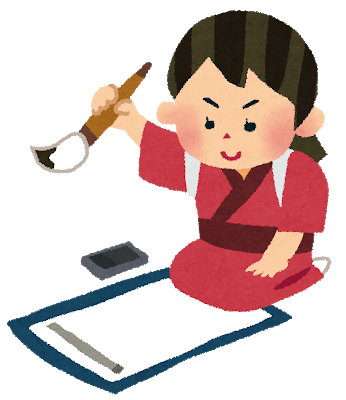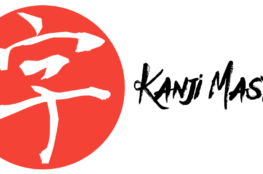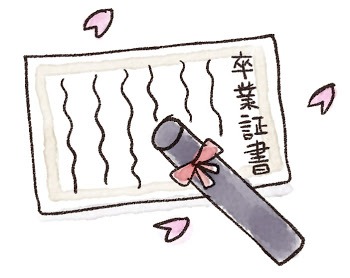
What was your first thought when you first saw Kanji?
They just looked like too complicated characters that you never understand?
Once you learn meanings of each Kanji, it will be actually very useful to start understanding Japanese language, even if you do not know how to read.
For example, most of sickness has Japanese names with Kanji. In English name, it might be difficult for us to guess what kind of disease it is or what the symptoms are unless you knew about it. However, in Japanese, you can easily guess what exactly the sickness is, by just taking a glance at the Kanji used for its name.
But of course, it is best if you know not only meanings of Kanji, but also readings of Kanji.
So here, I will explain you how to read Kanji.
Basically, each Kanji has two types of readings: “On-yomi (On-readings)” and “Kun-yomi (Kun-readings)”.
What is On-yomi (音読み)?

First of all, Kanji has its origin in Chinese characters. We believe that those characters first came to Japan from China before the 5th century AD. When they were imported, there was no character in Japan.
Thus, Japanese first started using those Chinese characters as the same way as Chinese do, including their pronunciations.
Gradually, those Chinese pronunciations became sounding more Japanese. And those pronunciations are called “On-yomi(音読み)” today.
What is Kun-yomi (訓読み)?

As Japanese originally didn’t have their own characters, they adopted Chinese language to write things down, using Chinese characters. Eventually, Japanese started translating Chinese language into Japanese language. And then, they decided to utilize Japanese readings for Chinese characters. Those Japanese own readings are now called “Kun-yomi(訓読み)”.
Why some Kanji have so many readings?

In China, basically one Chinese character has only one reading. However, in Japan, some Kanji have more than one readings.
China and Japan have been interacting with each other for a long period. Thus, pronunciations of each Chinese character changed depending on the period or the region. Japan imported those different readings for each Chinese character with the times. This is why some Kanji have more than one “On-yomi”.
Then, what about “Kun-yomi“? “Kun-yomi” is originally Japanese translation of each Chinese character. It was chosen based on the meanings of Chinese characters. However, some Chinese characters had more than one meaning. In Japan, if one Kanji had several meanings, they used it differently with other translations(readings). Hence, some Kanji have several “Kun-yomi”.
So one Kanji can have several On-yomi and Kun-yomi. But you don’t need to memorize which readings are On-yomi or Kun-yomi. As long as you know how to read them, it doesn’t really matter.
To be honest, I, as a Japanese, can read most of Kanji, but if you ask me “What is On-yomi / Kun-yomi of this Kanji?”, I cannot probably answer…haha
I hope this post helps you to understand about On-yomi and Kun-yomi!


